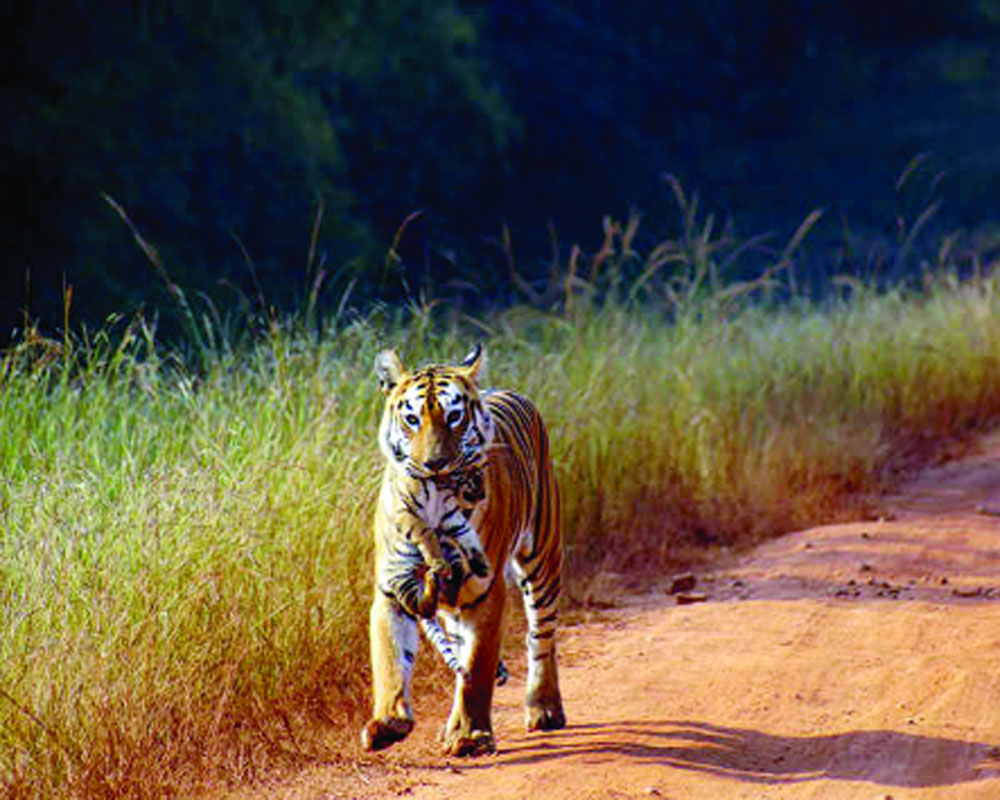In a span of nine years, Maharashtra’s Tadoba Andheri Tiger Reserve (TATR) has witnessed male tigers killing as many as 18 out of the 25 cubs born to two female big cats in the core of the habitat.
A team of Wildlife Institute of India (WII) scientists who conducted the study to understand the cub survival rate in the reserve found that between 2014 and 2023, as against the two female tigers (T7 and T12), there were as many as 7 male apex predators in their territories which led to greater competition among them for mating with their female counterparts and killing of cubs not fathered by them.
In their study titled, “Cost of prime realty: Survival of tiger cubs under the influence of high-turnover and density,” the wildlife experts were keen to understand the cub
survival rates of two tigresses in core area of the tiger reserve which is brimming with the royal big cats as per the latest census.
The study underscores the need to strengthen connectivity through corridors and expand the reserve wherever possible, as per the experts.
The study was presented by WII expert A Krishnan at WII’s Internal Research Seminar held last month at the Dehradun-based wildlife research institute.
It revealed that the 2 tigresses (T7 and T12) in the core area of the reserve had to sacrifice their cubs as they tried to hold their respective territories.
“During the period of the study, both females gave birth to 5 litters each ranging from 1–5 cubs per litter. Only 2 (both males) out of 13 cubs born to tigress T12 survived till dispersal, while 5 (3 females and 2 males) out of 12 cubs born to T7 survived till dispersal. The number of males within the territory of these 2 females ranged from 2–7 during this period,” said Krishnan.
The expert noted that in a high-density tiger reserve such as TATR, the turnover rate of male tigers in prime areas of the forest is high which leads to high cub mortality due to infanticide.
“In TATR due to the high tiger density along with high male turnover rate multiple males have been observed to occupy highly or completely overlapping territories in prime areas of the tiger reserve such as areas around Jamni and Pandharpauni lakes, where the females T7 and T12 have their territories, respectively.
“This leads to high competition between the males for mating with these females. Males kill cubs that are not sired by them so that the females will mate with them and it becomes difficult for the female to protect her cubs from all the males that roam in her territory and provide food to the cubs simultaneously. “Due to high competition, cubs are also forced to disperse at a very young age which makes them prone to death,” said Krishnan.
Principal investigators of the study included WII senior scientists Dr Bilal Habib, Capt Dr Parag Nigam, Dr Jitendra Ramgaokar, Nandkishore Kale and Kushagra Pathak.


























